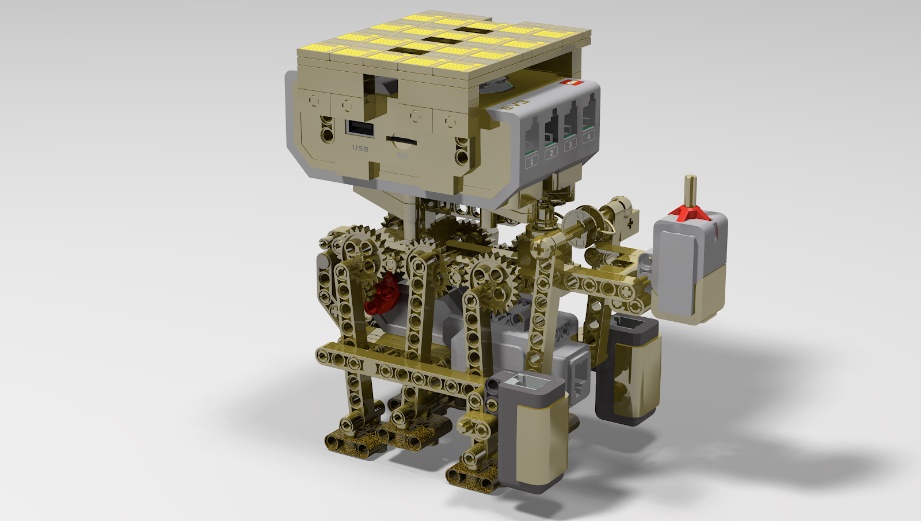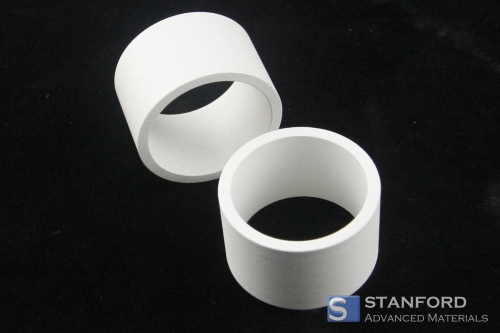Previous Projects - Prototype Moveable Robot
In this article, I want tot talk about my precious project - a Prototype Moveable robot that I and a team of other engineering students designed for my ENED (Engineering Education) class. The specifics of the project called for a Prototype Movable Robot (PMR) that could pick up a load of a certain material, identify that material based on weight, and then deliver that material to its particular discarding station within a facility. We were only asked to submit a paper prototype for the class, since building one was logistically impossible due to the COVID-19 pandemic. Even with only the paper prototype, however, our team still had to think about the materials we were using and the effects that those materials would have on the final build.
Within our engineering class, we were instructed to use a specific rendering software called BrickLinks to create pictures of how the physical prototype of the robot would look. BrickLinks is a software that allows users to create things with LEGO bricks, and as such, the prototype we created, if built, would be built using LEGO bricks. All LEGO bricks and pieces are made of a very durable type of plastic called acrylonitrile butadiene styrene or (ABS).1 The robots being made out of a durable plastic was important, since it had to be lightweight enough for the motor on it’s back to be able to power it efficiently, but it also had to be durable enough to hold the containers of materials so it could identify them by weight. Also, the legs of the PMR had to be designed with obstacles in mind, and tyres were not permitted. Because of this, our team decided to use a rubber LEGO piece made from the same material as LEGO tyres, but without the axel in the middle. LEGO uses a rubber product that is very similar to the rubber used in actual tyres,2 which is a combination of butadiene rubber, styrene rubber, and natural rubber.3 We specifically made the feet of the PMR out of a rubber material, so they would help the prototype be more stable under uneven ground and difficult or rough terrain. The feet were also on pivots that allowed them to rock back and forth, allowing the robot to keep a firm stance under uneven circumstances.
In order to better explain the design: the PMR would follow a painted line in the ground of a warehouse, knowing when to turn right or left with the light sensors at either side (the decision to make the PMR’s mobility based on a painted line on the floor was not our decision, but was a stipulation given to us). The brain of the robot is housed within the LEGO console that it has mounted on its back, which also serves as the motor for the six legs. The front holds a pulley system that helped the robot pick up the bins of material. The actual look of the PMR was inspired by spiders and the way their legs work, as we had to base our design in an animal’s way of walking, per class guidelines.

Attached above is the final render of the robot within the BrickLinks software. As the picture illustrates, the robot had to be made of a material that was sturdy enough to not only support the servo and motor at the top of the robot, but also the two light sensors in the lower front. The PMR’s material also had to be flexible enough to hold the pully system at the front, which had to have the ability to become fully vertical and horizontal to pick up the bins of material, measure their weight, and carry them to their destination. Thankfully, the regular LEGO plastic covers all the aspects we needed it to, so the robot did not have to be built with any specialty pieces or 3D-Printed parts, except for the feet. Plastic is great for the chassis and pully of the PMR, but it is very rigid and not flexible or elastic at all. This means that feet made out of LEGO plastic would not be good in any sort of uneven or difficult terrain, which was a must for our design. Because of this, the team decided to turn to an advanced material that had more give. Eventually, we decided to use the dimensions of a small version of the piece used for the legs of the robot but made out of LEGO tyre rubber. This piece would have to be custom-made, but it is relatively small, and only 6 pieces are needed. The feet pieces would then be placed on an almost 90-degree rotating axel, so that the robot could adjust its grip when going over uneven floors or obstacles.
In the end, the advanced materials used for this project were a mixture of synthetic and natural rubber, and ABS plastic. The plastic contributed to the rigidity of the body of the robot, while allowing it to maintain a level of flexibility for its carrying system. The rubber was used to increase the traction of the robot, and to give it the capabilities to walk over difficult terrain effectively.
Bibliography:
- Pickering, David (1999). The Ultimate LEGO Book. New York: Dorling Kindersley. ISBN 0-7894-4691-X.
- Threewitt, C. (2020, September 11). You'll never guess what company makes the world's most tires. https://entertainment.howstuffworks.com/lego-tires.htm.
- S. Tire Manufacturers Association. (2020). What's in a tire. What's In a Tire | USTMA. https://www.ustires.org/whats-tire-0#:~:text=The%20two%20main%20synthetic%20rubber,in%20combination%20with%20natural%20rubber.
Note: The article is a submission for Stanford Advanced Materials College Scholarship 2021.
Juan Ignacio Alvarado
Stanford Advanced Materials Scholarship
University of Cincinnati








